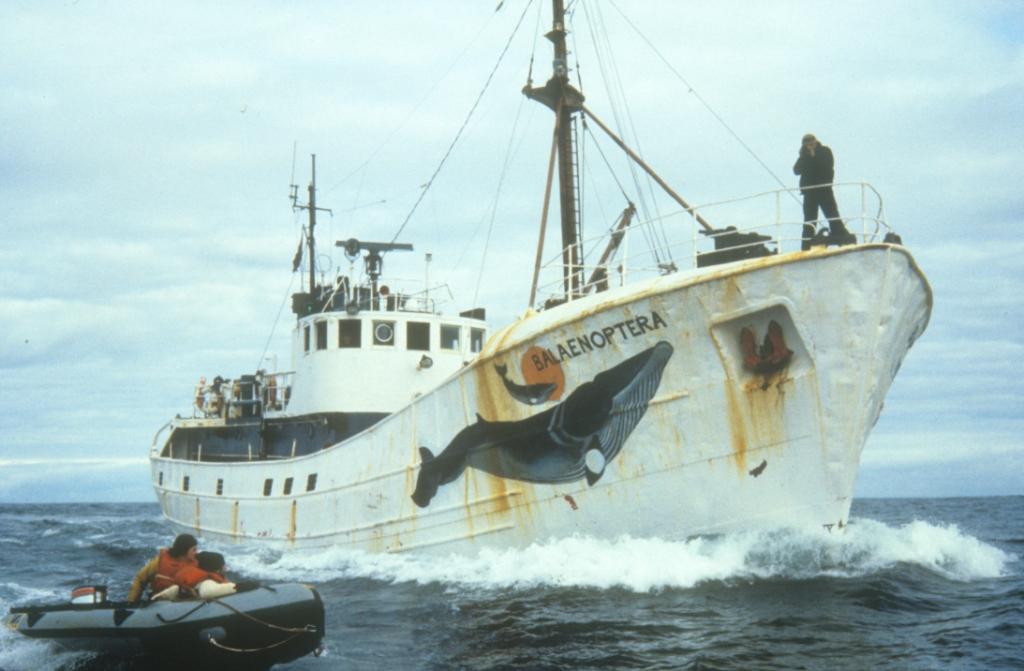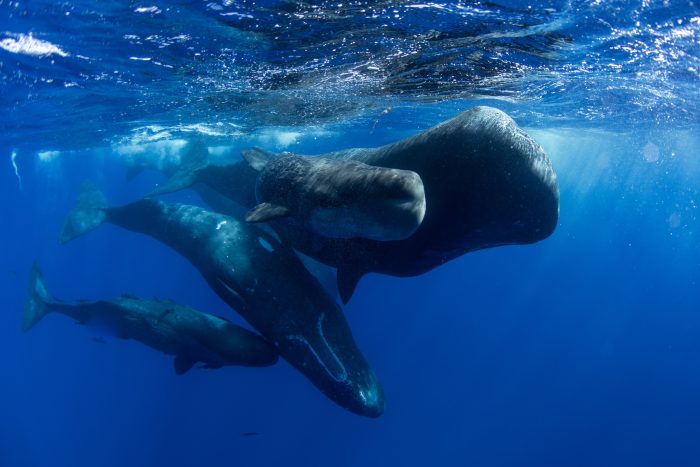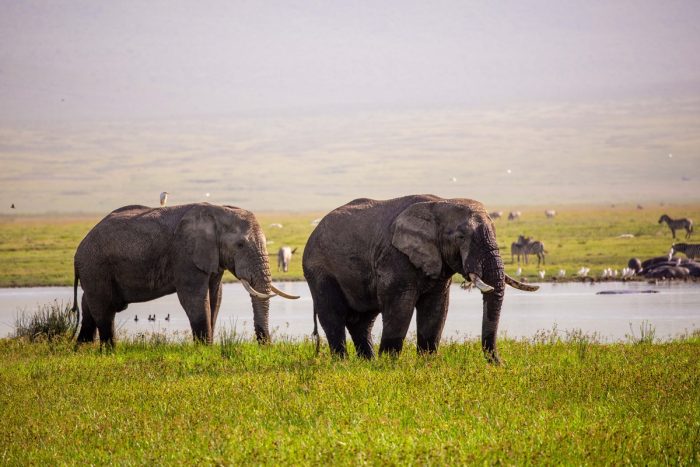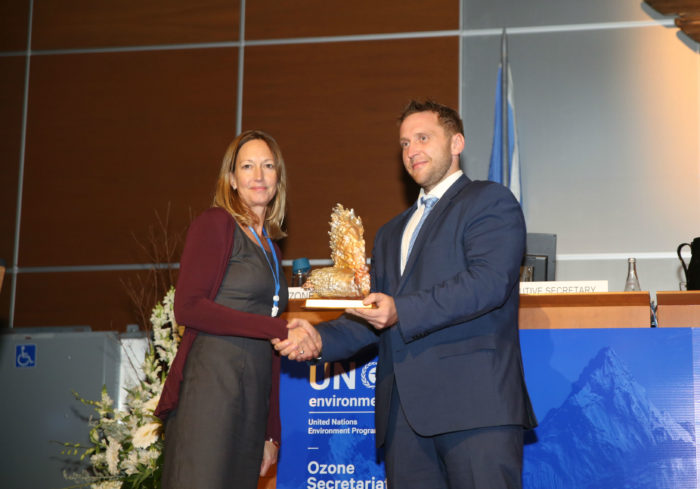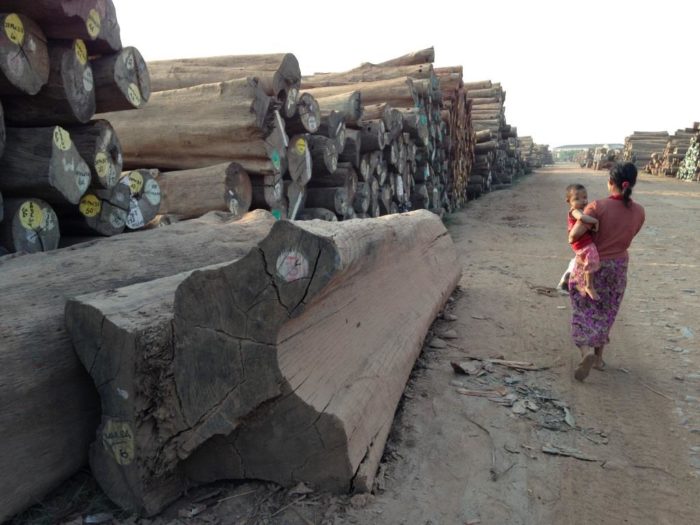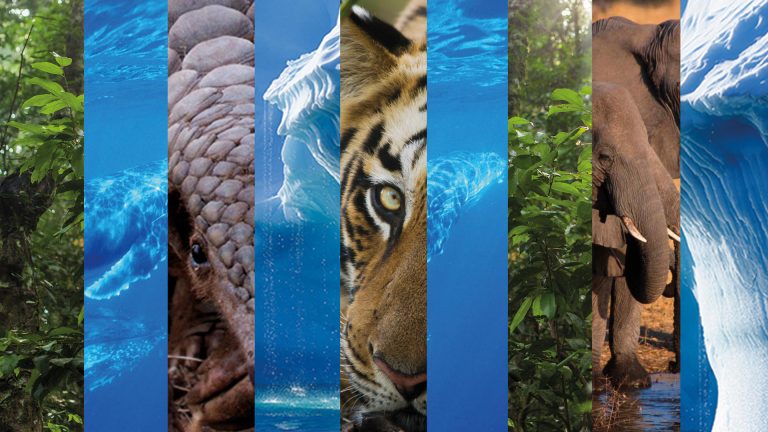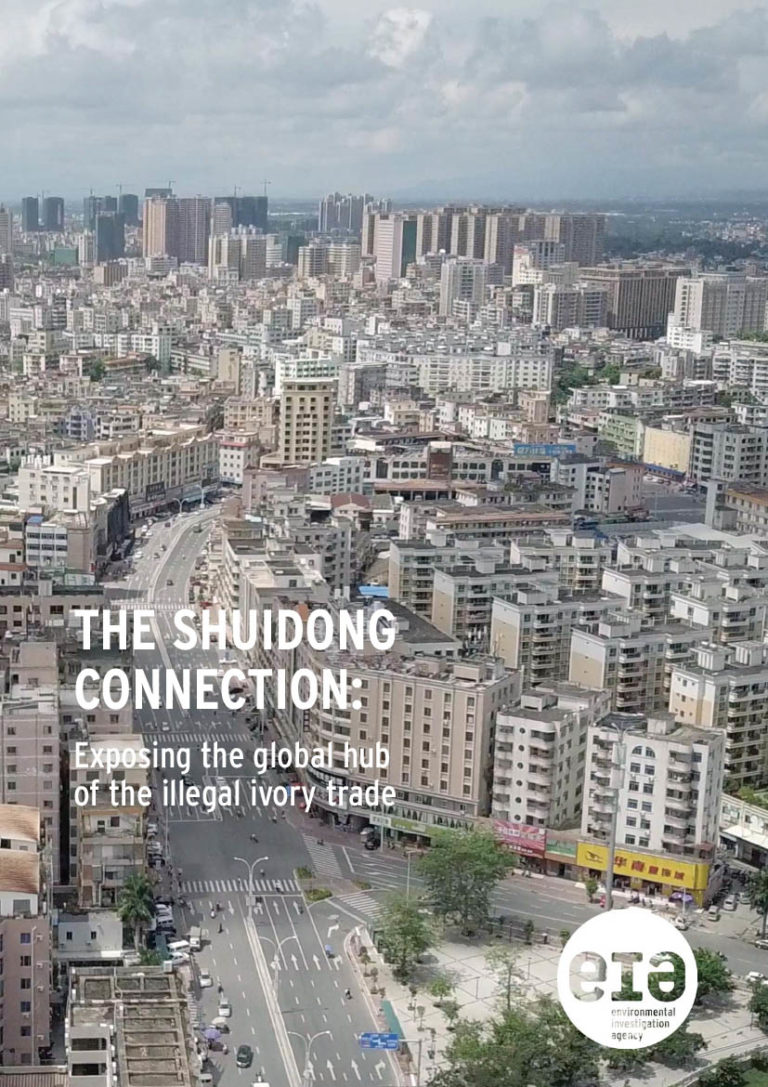Formally created in 1984, our story really began the year before when a refitted North Sea fishing trawler, renamed Balaenoptera, set out for northern Norway to document its minke whale hunts.
A year later, Currey and Lonsdale set out for the Faroe Islands on our first official investigation to observe the pilot whale hunts, the findings of which again made a major international impact. The three founders realised that on-the-ground documentary investigation was a powerful new tool for effective campaigning, something that would become a cornerstone of our work in the following years.
Our early use of covert recording equipment to capture first-hand evidence was pioneering and today we remain at the forefront of campaigning organisations using it as a tool to document the facts and drive change. As a small organisation we have also often been able to voice what larger groups feel unable to say, and our size allows us to mobilise in ways bigger organisations cannot.
Environmental activist Allan Thornton masterminded the expedition and among the volunteer crew were Dave Currey and Jennifer Lonsdale. The harrowing first-hand footage of whale hunts contributed to Norway’s whaling quota being cut by two-thirds and the end of its use of cold harpoons – and inspired the three to create the Environmental Investigation Agency (EIA).
Four Decades, Three Friends and One Mission
To mark EIA’s 40th anniversary we commissioned a special video animation from the creatives at The Like Minded. It celebrates EIA’s origins, our accomplishments over four decades of combatting environmental crime and abuse and looks forward to even greater campaigning success in the future.


